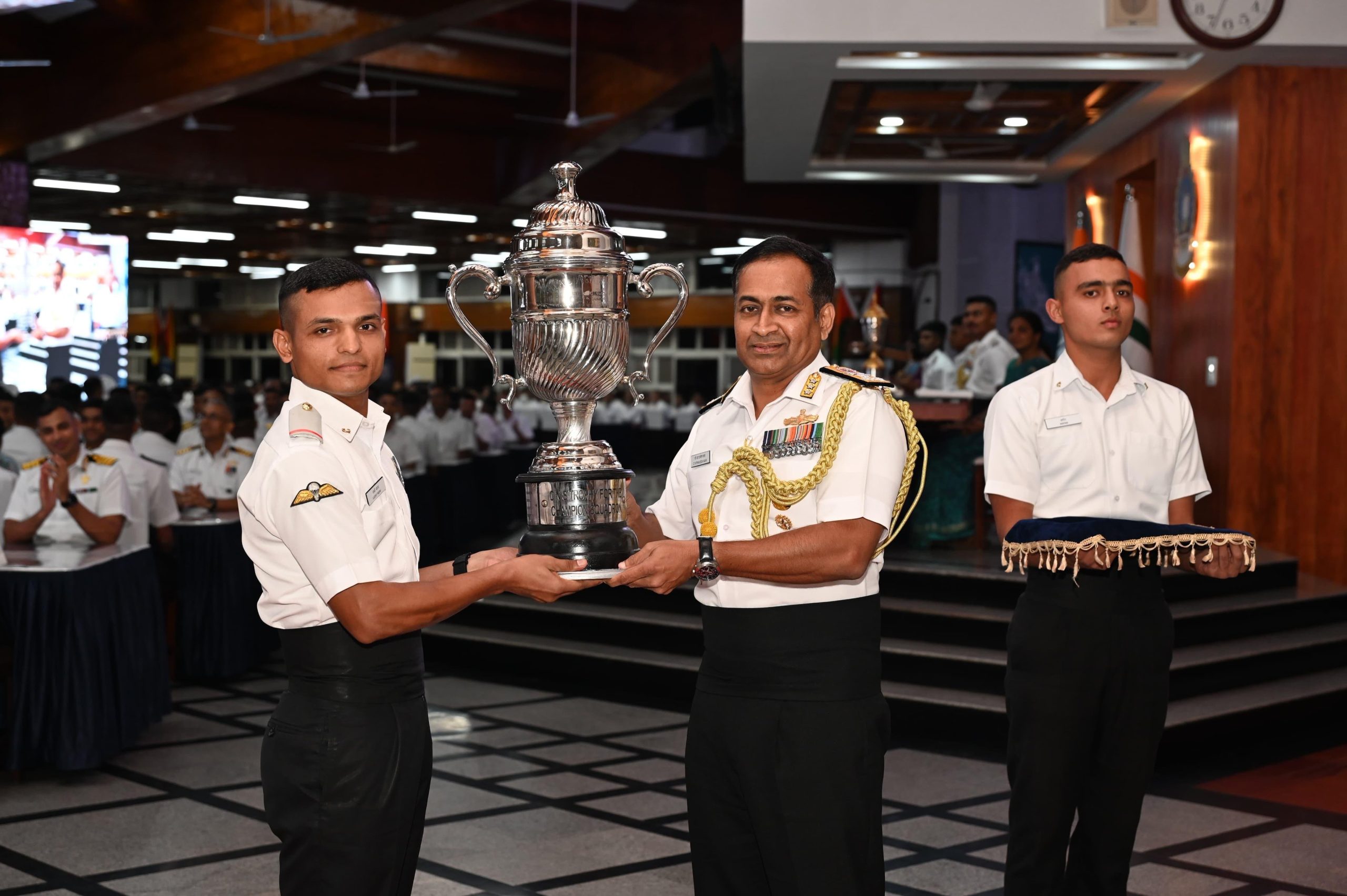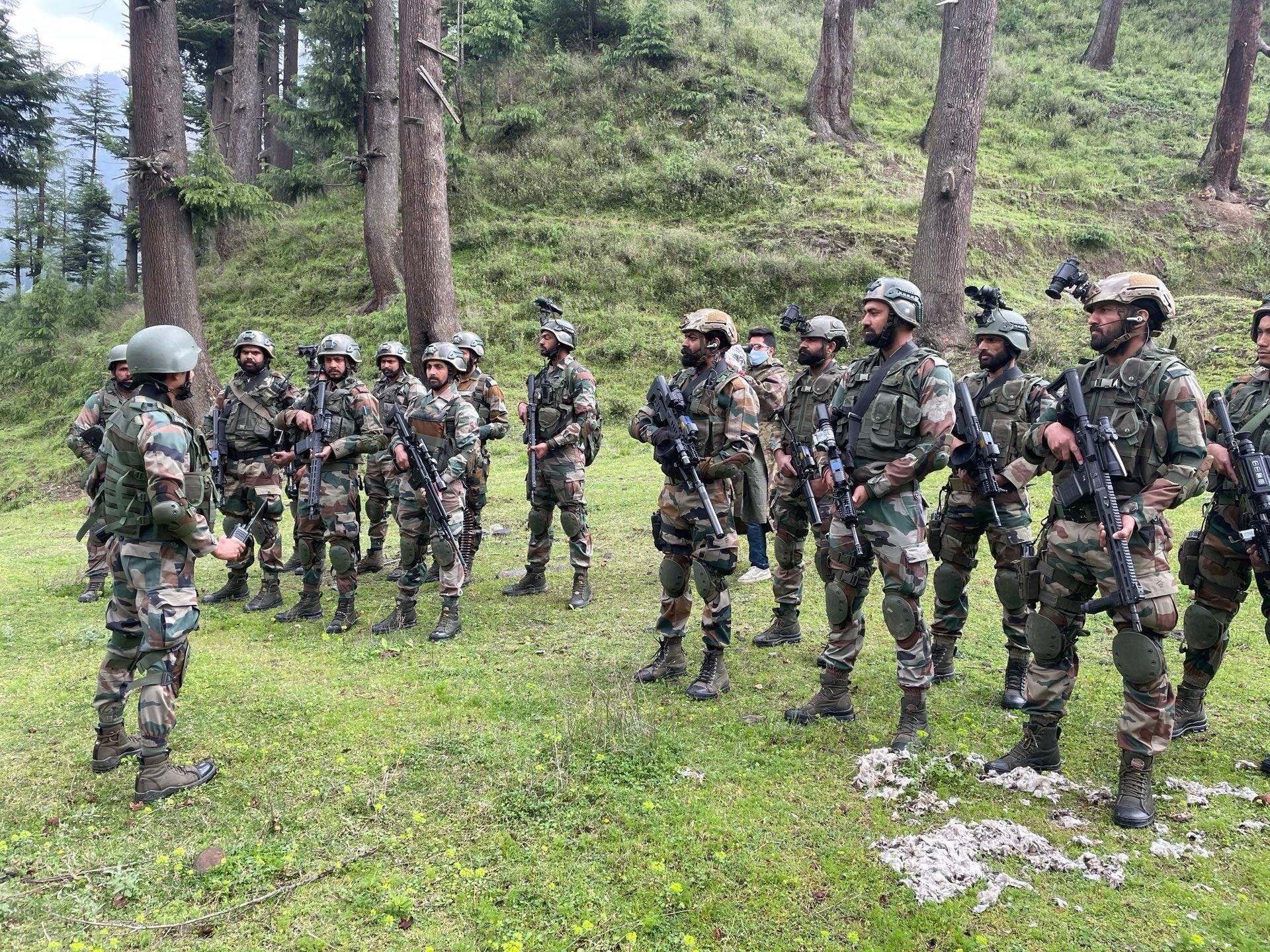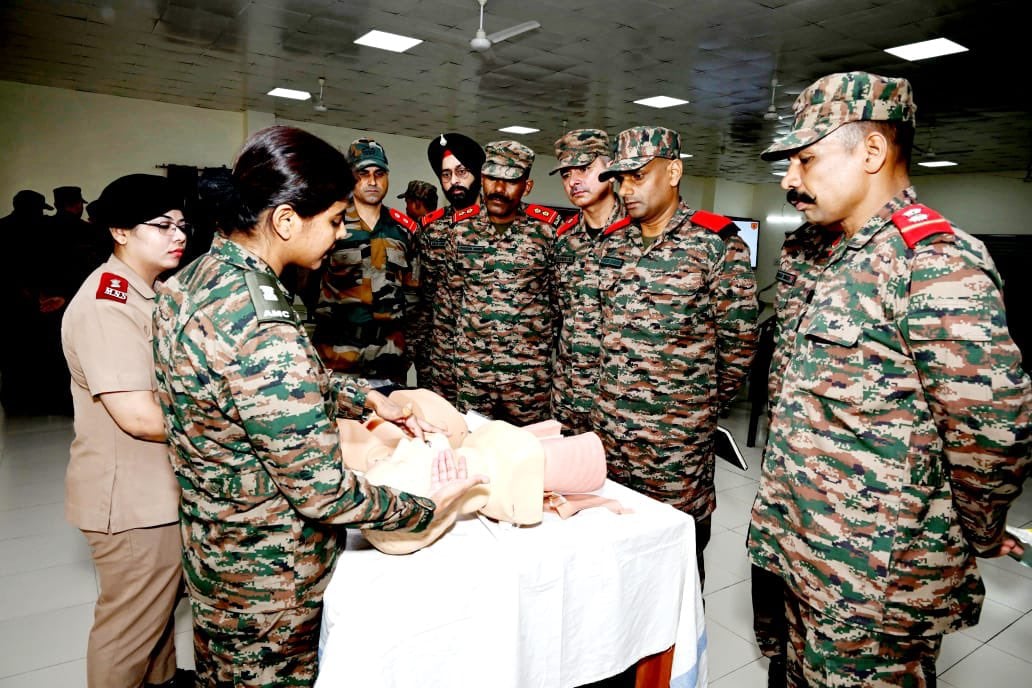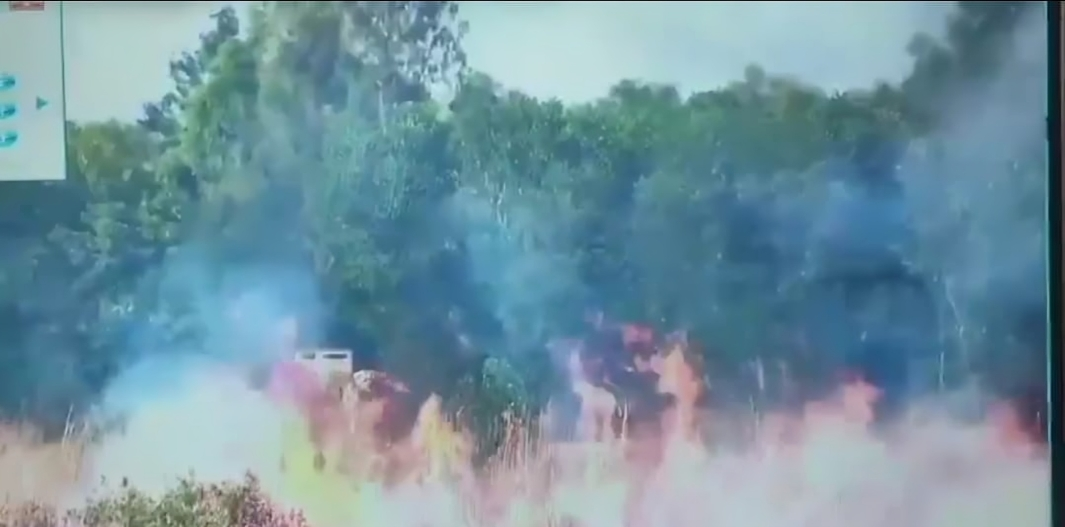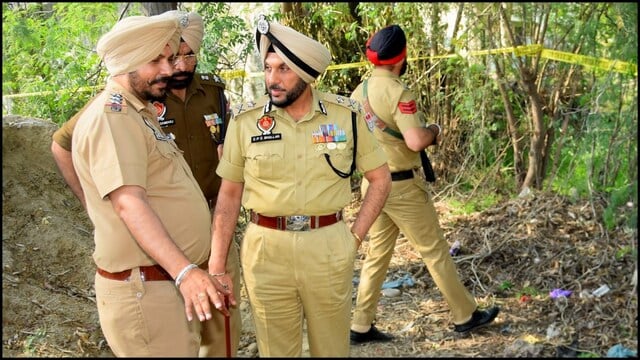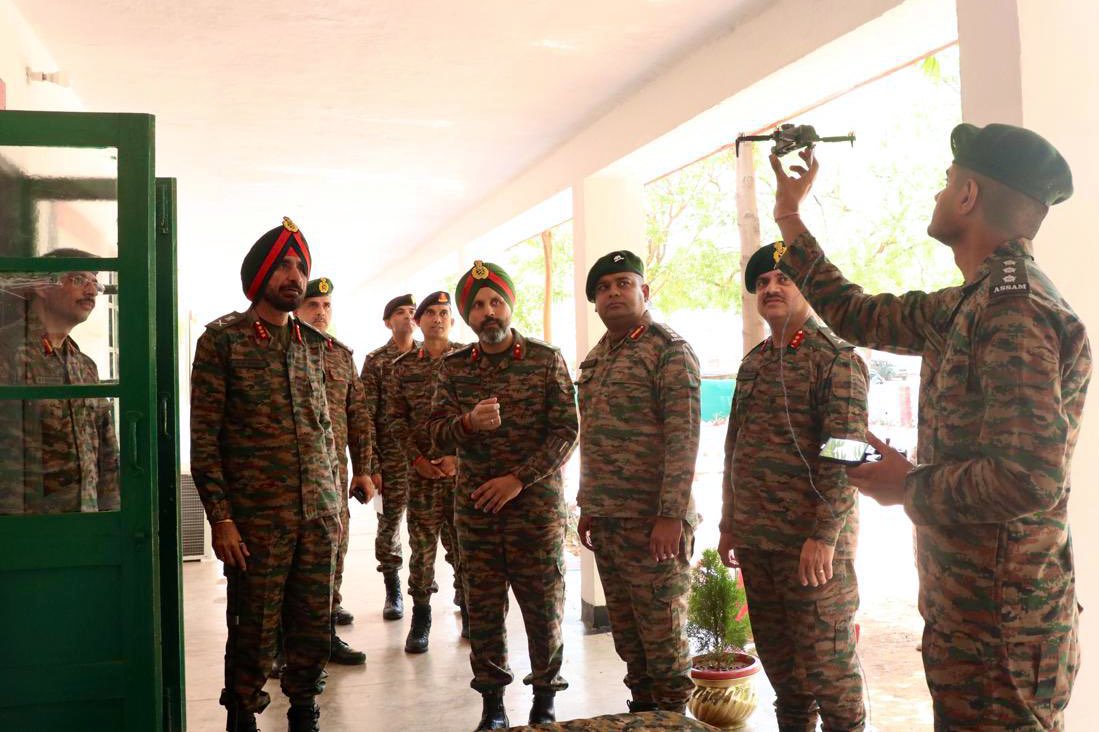Indian Naval Academy Hosts Grand Dinner Night, Honors Cheetah Squadron and International Trainees
On May 26, 2025, the Indian Naval Academy (INA) at Ezhimala hosted its prestigious Academy Dinner Night at the Katari…
Additional Troops and Para Commandos Airdropped in Chatroo as Operation Trashi Enters Day 6
Operation Trashi, a high-stakes counter-terrorism operation in the Chatroo region of Kishtwar district, has entered its sixth consecutive day. Additional…
Military Hospital Bareilly Trains Military Personnel Under Indian Army’s ‘Train the Trainers’ Initiative
The Military Hospital (MH) Bareilly conducted a comprehensive Trauma Life Support Workshop at the Junior Leaders Academy (JLA), aimed at…
BSF Releases Footage of Operation Sindoor: Visuals Show Precision Strikes on Pakistani Posts at Putwal, Chaprar, and Chota Chak
The Border Security Force (BSF) has unveiled footage from Operation Sindoor, revealing a series of strategic strikes on key Pakistani…
Suspected Babbar Khalsa Terrorist Killed in Amritsar Blast
A powerful explosion in the Majitha Road Bypass area of Amritsar on Tuesday morning killed a man later identified as…
Indian Army’s Sudarshan Chakra Corps Bolsters Combat Readiness with Advanced Drone Technology
On May 27, 2025, the Indian Army’s Southern Command reaffirmed its focus on modern warfare capabilities as Lt Gen Prit…

